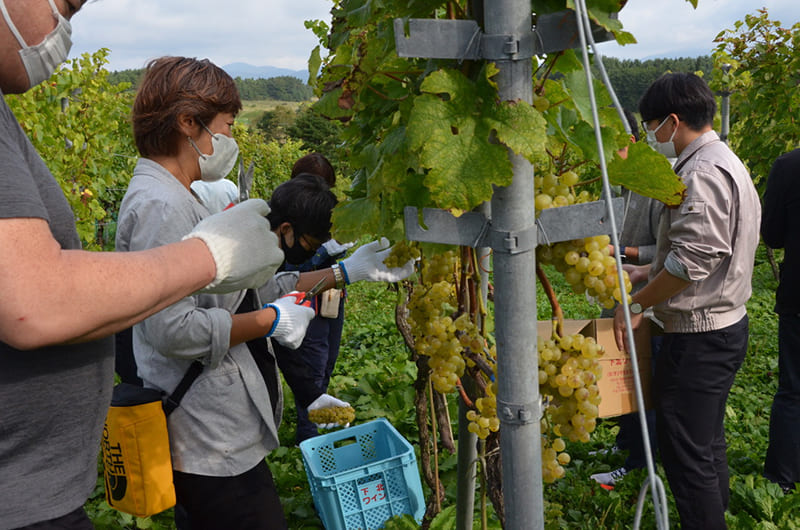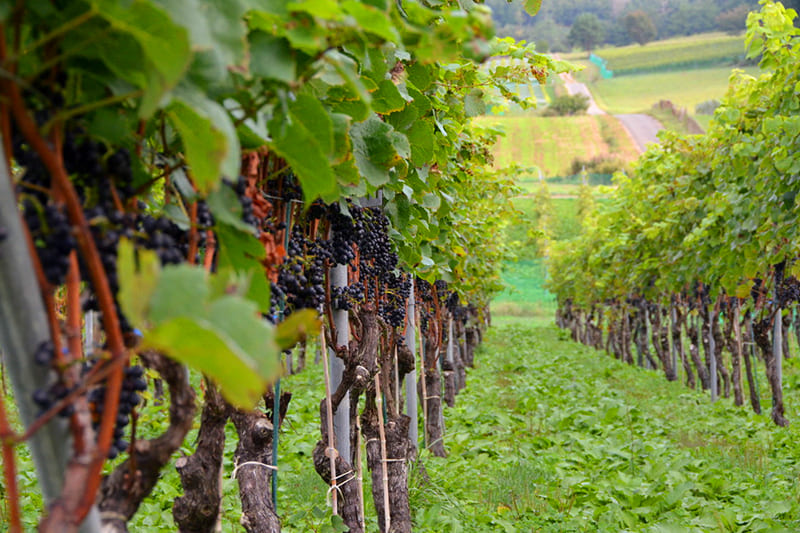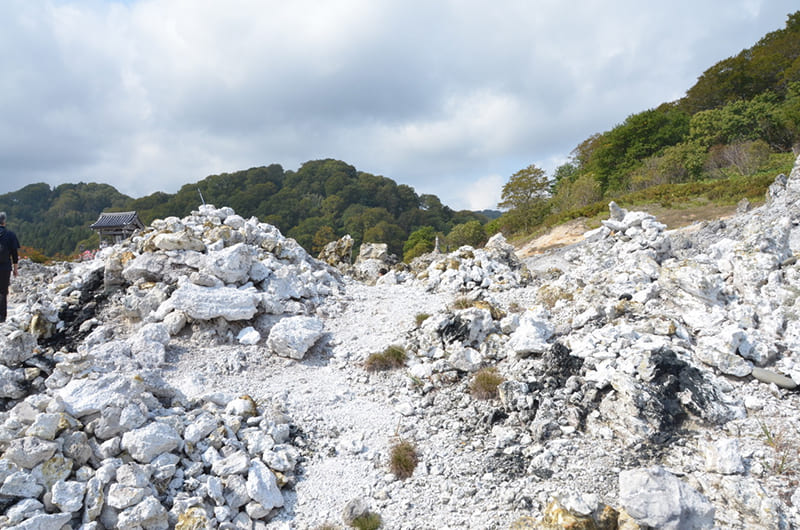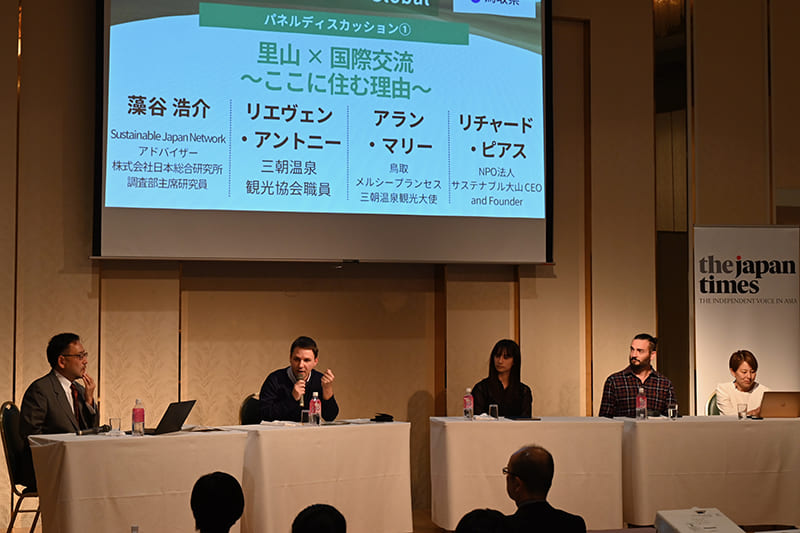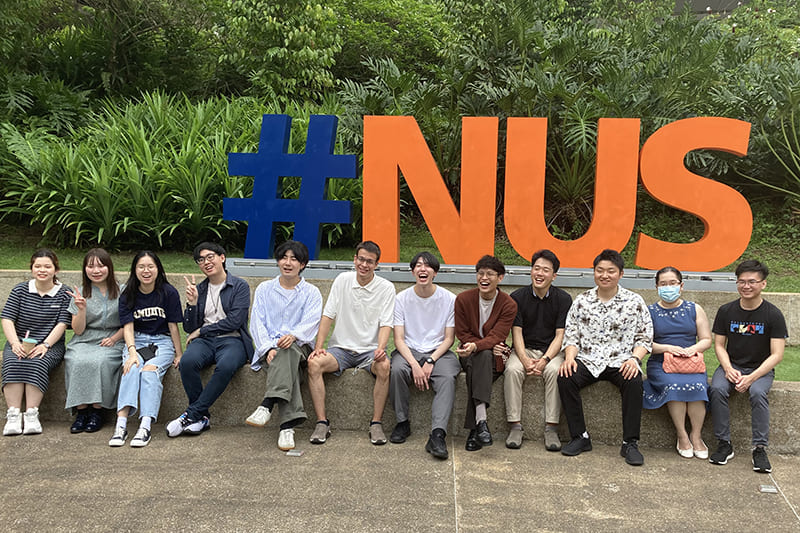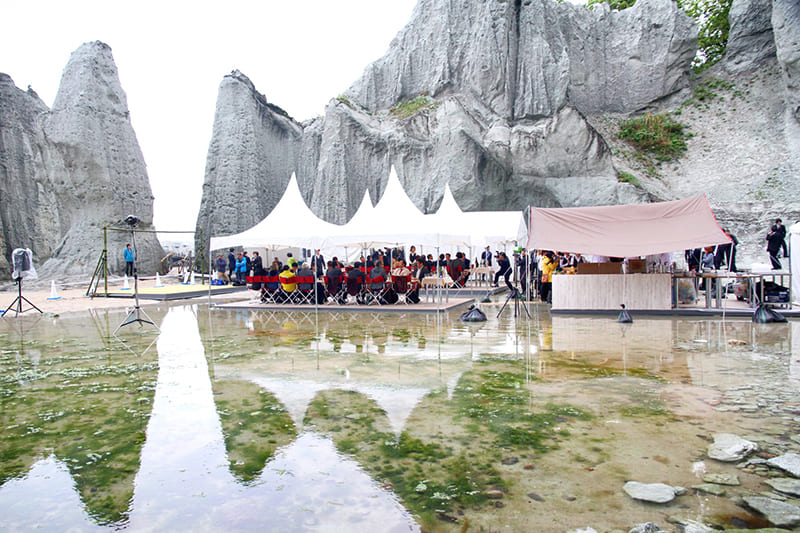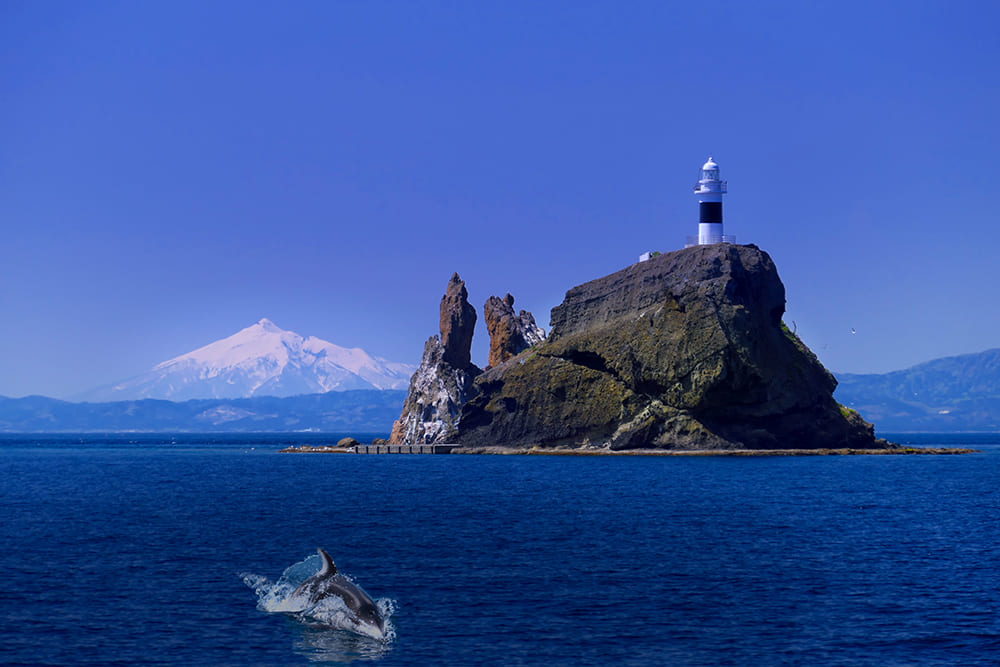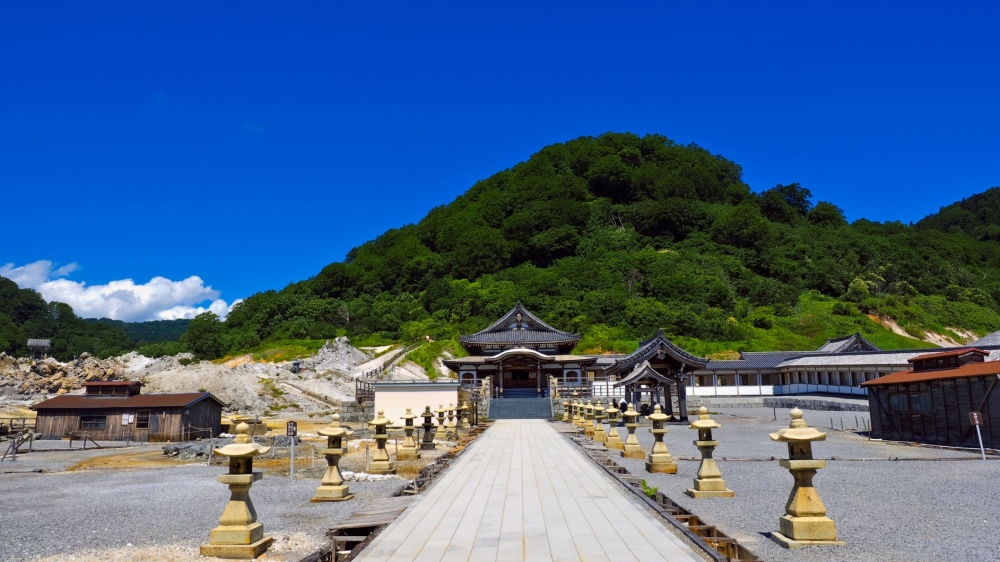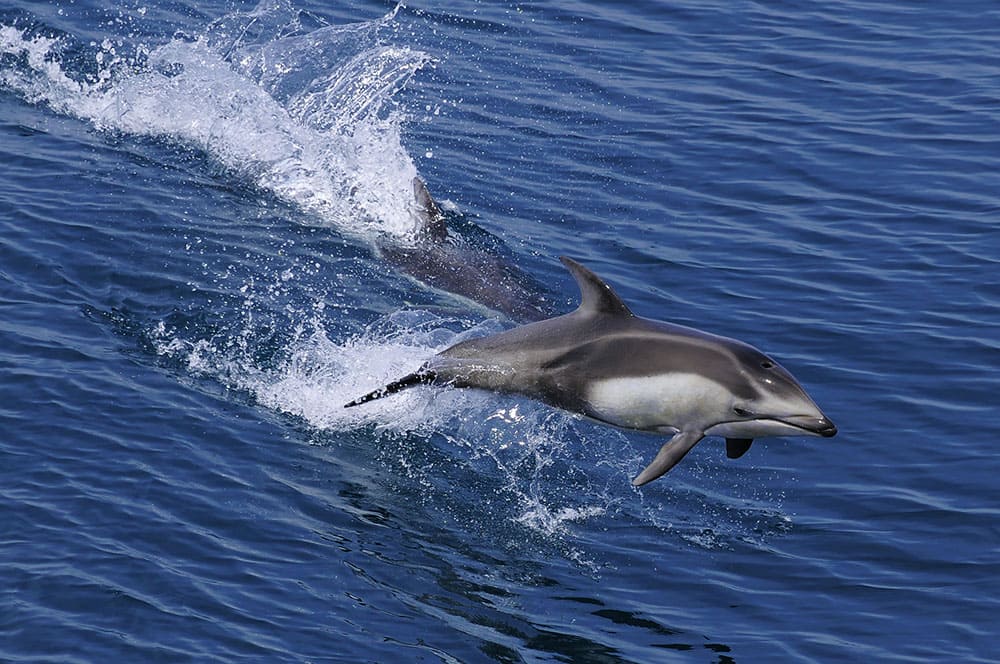October 24, 2022
Mutsu city: How ‘gastronomy tourism’ could revive Japan’s regions
SPONSORED CONTENT
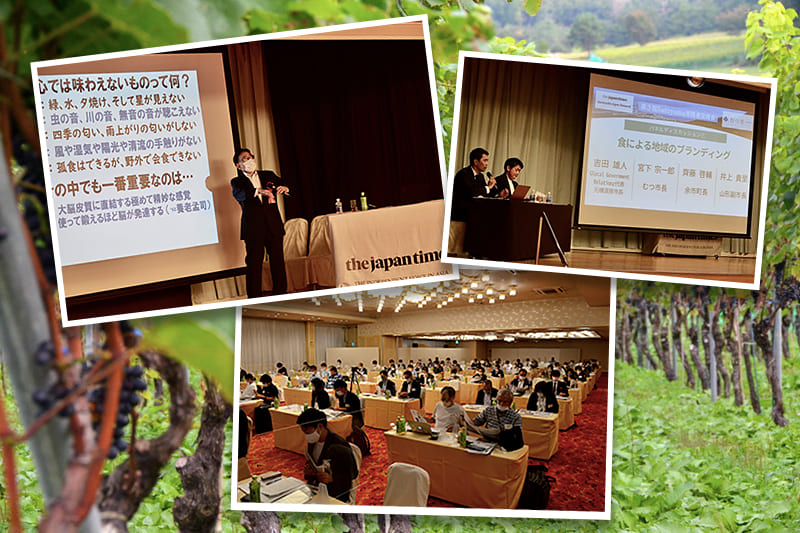
Mayor of event host Mutsu sees ‘great potential’ for ‘satoyama capitalism’
Soichiro Miyashita
Mayor of Mutsu
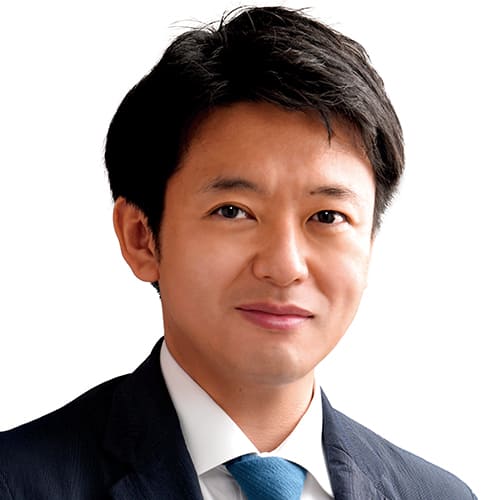
A two-day event, themed “Gastronomy Tourism,” was held at the Mutsu Green Hotel in the city of Mutsu, Aomori Prefecture, on Oct. 1 and 2. Hosted by the Sustainable Japan Network and the city, it was the third in a series of annual events on topics related to satoyama (mountains and woods shared and maintained by residents of rural communities) that started in 2018.
In the opening remarks, Mutsu Mayor Soichiro Miyashita welcomed the event participants from across Japan, saying he was both delighted and relieved to finally host the event after having to postpone it for two years due to the COVID-19 pandemic.
The event consisted of a keynote speech by Kosuke Motani, a co-author of the bestselling book “Satoyama Capitalism,” which provided insight into the limitations of modern capitalism and the possibility of building a circular economy based on regional resources, followed by two panel sessions, three presentations and a study tour to three of the destinations that Mutsu is proud of.
Mutsu was one of the earliest members of the Sustainable Japan Network and is known for its diverse efforts to invigorate the region on the Shimokita Peninsula.
“I am one of the readers who were deeply inspired by ‘Satoyama Capitalism.’ This concept makes great sense to me, as a person who has been living and working in a rural area that has great potential,” Miyashita said.
He concluded his opening remarks by expressing his hope that the long-awaited event would provide an opportunity to deepen discussions among various stakeholders and create new values in the context of regional revitalization and sustainable actions.
Local products and experiences can draw more visitors: economist Motani
Kosuke Motani
Chief Senior Economist, Japan Research Institute ltd.
Kosuke Motani, the chief senior economist at the Japan Research Institute Ltd., called in his keynote speech for the promotion of tourism that would truly benefit communities, especially those located in rural areas.
“Japan is one of the top countries that travelers would like to visit after the pandemic, according to a survey,” he said. Domestic travel also seems to be increasing recently. But at the same time, he warned that Japan should start thinking about how it can improve its tourism.
“For the last 25 years, Japan’s GDP and consumption stayed almost flat, which means something needs to be improved,” he said.
He said a clue can be found by looking at who the real competitors are in terms of trade. “Japan, which has continuously been achieving enormous trade surpluses with the United States and China as well as many other industrial nations, suffers trade deficits with countries like Italy and Switzerland,” he pointed out. “And these are the countries that are committed to the principle of growing and consuming locally.”
He said gastronomy tourism is the best approach for realizing this principle. “With selling local products to the outside, only the parties involved in the selling process can profit. But what if we could make people come to the areas of production?” he said. That would allow visitors to feel and experience the area in addition to enjoying local products, and perhaps tempt them to stay longer and explore more.
“The key is to target individual travelers who want to travel as if they were living there, and cater to their needs for long-term stays, especially in the areas of transportation and food,” he said.
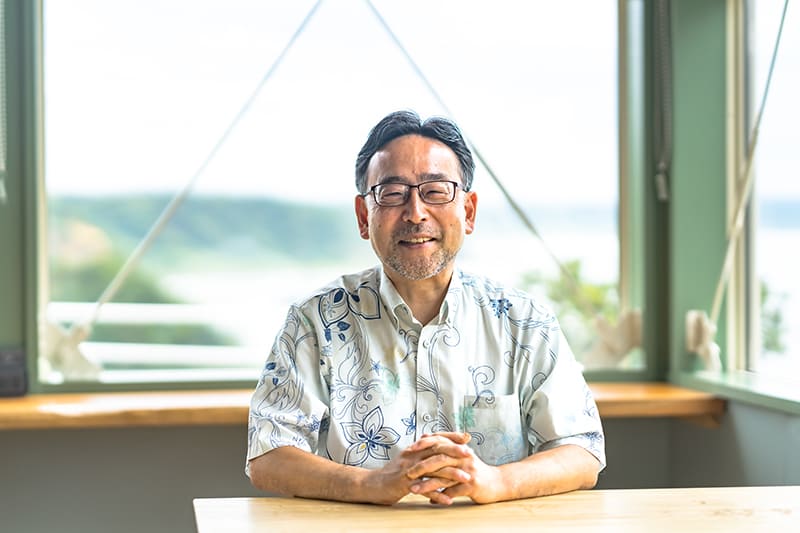
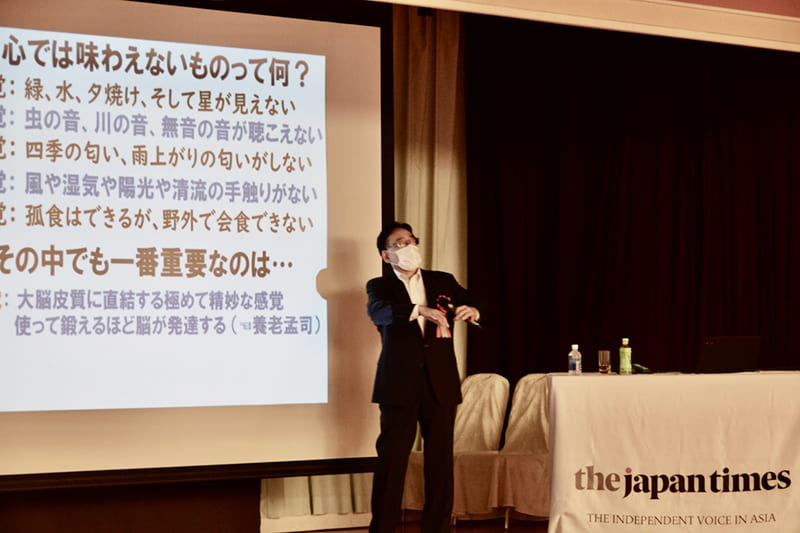
Branding regions with local products
Maiko Muraoka | Contributing writer
The first panel session focused on three municipalities as examples of branding a region through local products.
Mutsu Mayor Miyashita introduced the richness of marine products that Mutsu boasts and spoke of the community’s involvement in efforts to manage forests and in fostering a wide variety of seafood, including scallops in the mineral-rich water flowing into Mutsu Bay. He said the next challenge would be to think about ways to involve the local community to evaluate the true value of what they produce and price it adequately to profit through gastronomy tourism.
Keisuke Saito, the mayor of the coastal Hokkaido town of Yoichi, about an hour’s drive northwest from Sapporo on the Shakotan Peninsula, explained that the town is now putting efforts into promoting local wines and tourism focused on wine, aiming to increase residents’ incomes and enhance their civic pride. Yoichi has long been famous for its whisky production, but Saito said Yoichi’s whisky tourism market is already mature. “About 70% of the tourists to Yoichi visit whisky distilleries,” he said, emphasizing that rural areas are full of the seeds of growing industries that municipalities should invest in.
The city of Yamagata’s Deputy Mayor Takashi Inoue touched on the role of destination management companies in bringing a community’s players together to promote their area more effectively. “This is important in a bid to extend stays of tourists by connecting various destinations that are currently promoted independently. There is also a need to enhance public transportation,” he said.
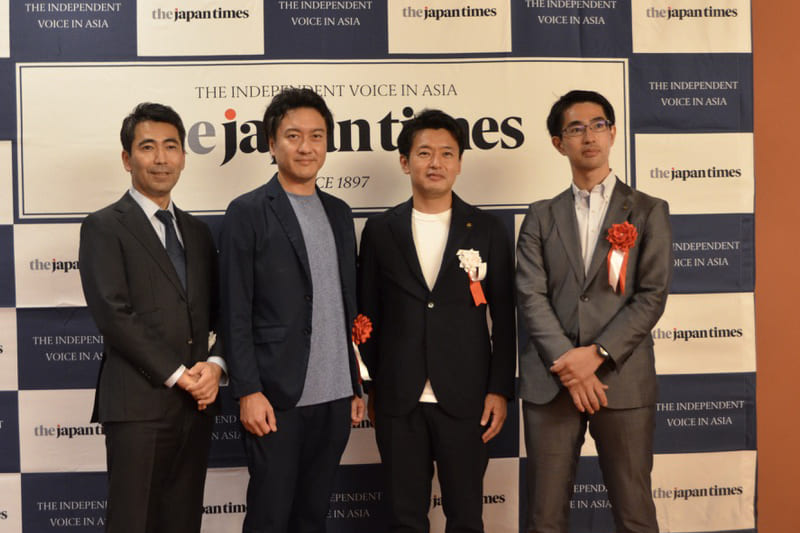
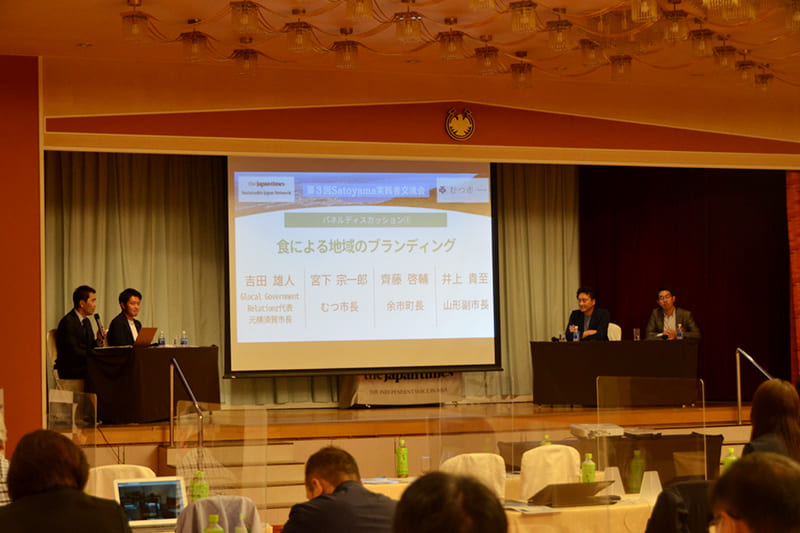
Helping the people making the goods
Maiko Muraoka | Contributing writer
The second panel session focused on people who produce and promote local products.
Yoshihisa Kitamura, the representative director of the Sun Mamoru Winery in Mutsu, spoke of how it addresses community issues through its business. “Besides making wine, we are now making drinks from Kogyoku apples to save local farms that were about to go out of business because of falling apple prices,” he said. They are also raising 90 Tankaku beef cows to preserve this local breed.
Koji Fukaya, the owner and chef of Restaurante Vascu in Hakodate, Hokkaido, said, “I witnessed a town being revitalized through food in the Basque Country in Spain, where I served as apprentice.” To realize this in Japan too, he organizes various forums gathering chefs, as well as an event called Bar-Gai, which started in Hakodate, to promote local bars in various areas across Japan.
Naoko Machida, CEO of AC Promote Co. Ltd., moved from Osaka to Hachinohe in Aomori when she got married. “I found the essence of human life in this rural town,” she said. She engages in activities to promote the area and its delicacies while running a campsite. “Production and consumption are very close to each other, which is a value. People from outside help the local people appreciate that value too,” she said.
Yasuko Shima, who heads Y Project Inc. in Oma, north of Mutsu, said, “In the last two decades, we came to realize that it was tuna — something we had taken for granted for a long time — that made people from outside so excited, and started utilizing this resource.” Tuna offal is one of the things that only those who visit Oma can enjoy, because it does not withstand transport.
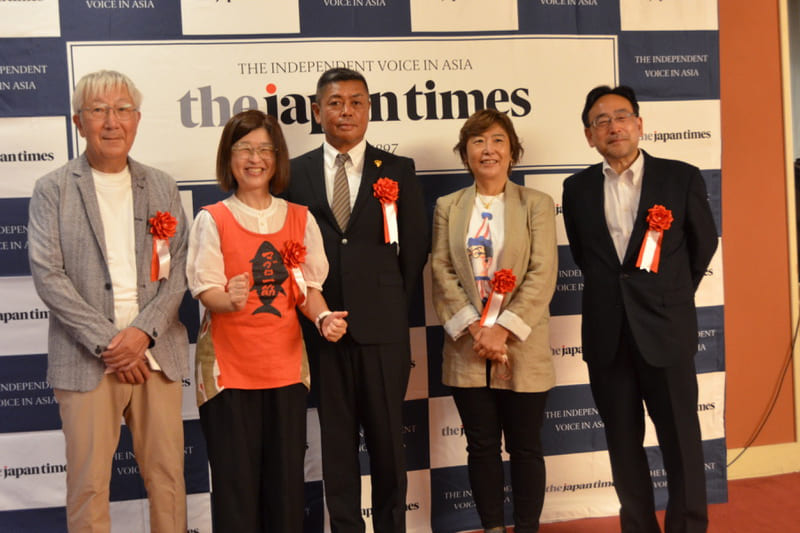
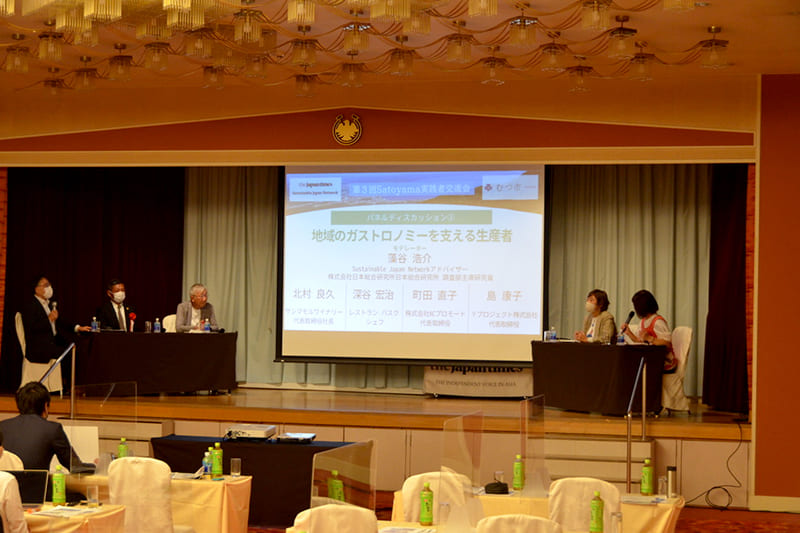
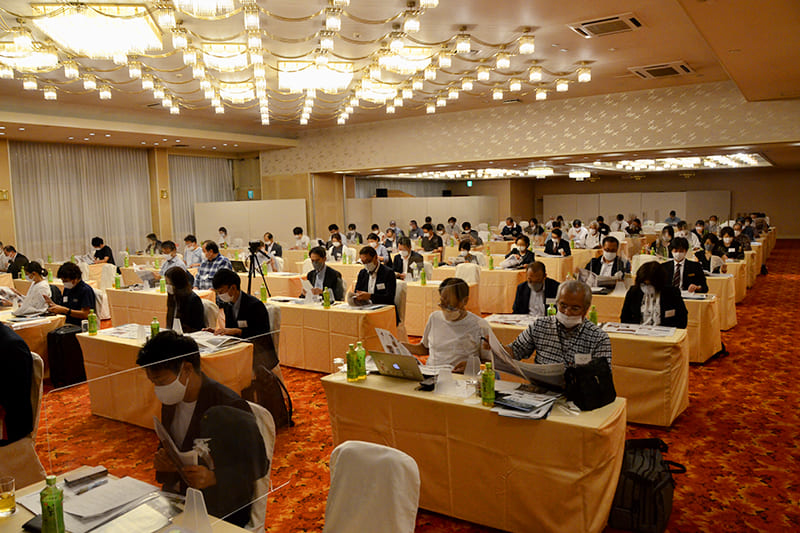
Students from the Shimokita region speak
The Shimokita Peninsula is shaped like an ax, and the village of Wakinosawa, blessed with nature, is located at the lower end of the blade. “We cooperate with the students of Wakinosawa Junior High School in many activities, such as dolphin watching and beach cleanups.” said a student from the Dolphin Club, Wakinosawa Elementary School.
Dolphins chasing schools of sardines visit Mutsu Bay from May to June. “The amount of waste that we pick up during our beach cleanup activities is huge. We will continue our activities to conserve the beautiful scenery of our hometown.” the student said
The dolphin club was not tthe only one that gave some words at the event. Students from Ominato High School also joined and explained that through their study of Shimokita Geopark, the students learned about various efforts being made to promote the park, such as Geo Style Wedding, a “photo wedding” plan in which a couple celebrate the occasion only by having pictures taken in their wedding attire.
The Ominato high school students planned and carried out a photo shooting session with local models and business operators such as a hairdresser.
“Through this experience, we felt that this service provides a good opportunity to utilize the landscape we have and to promote the geopark.” said one of the representative students.
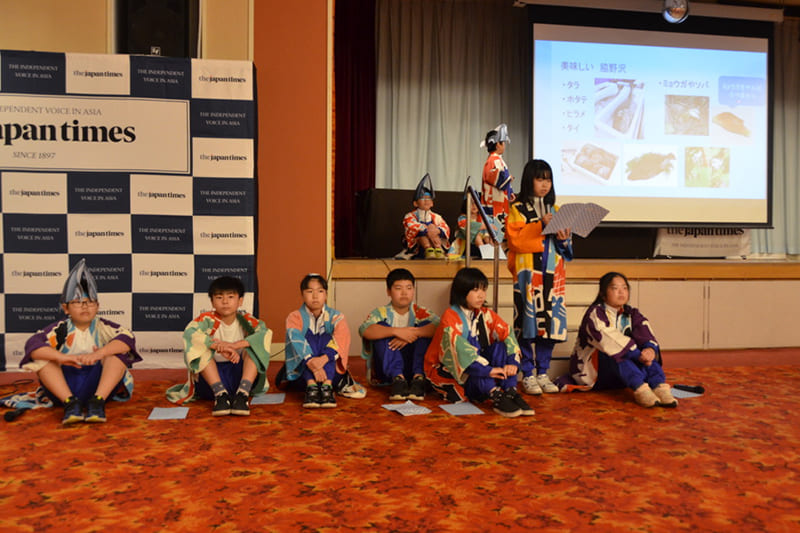
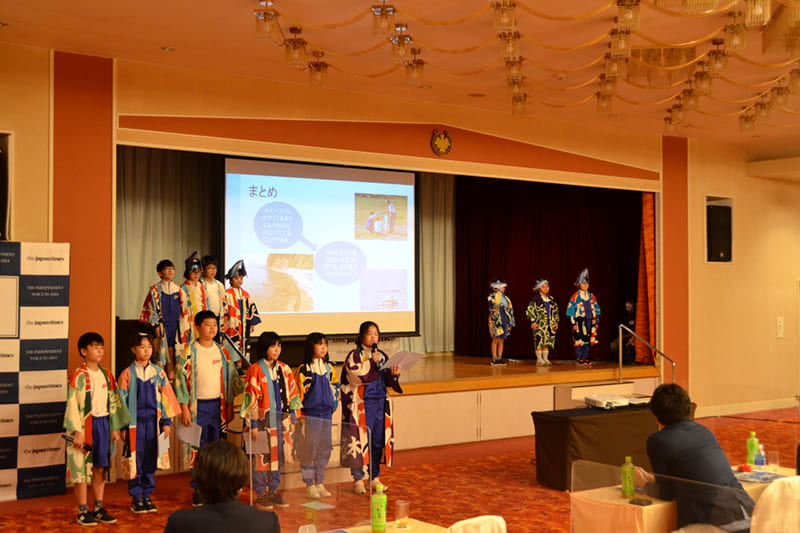
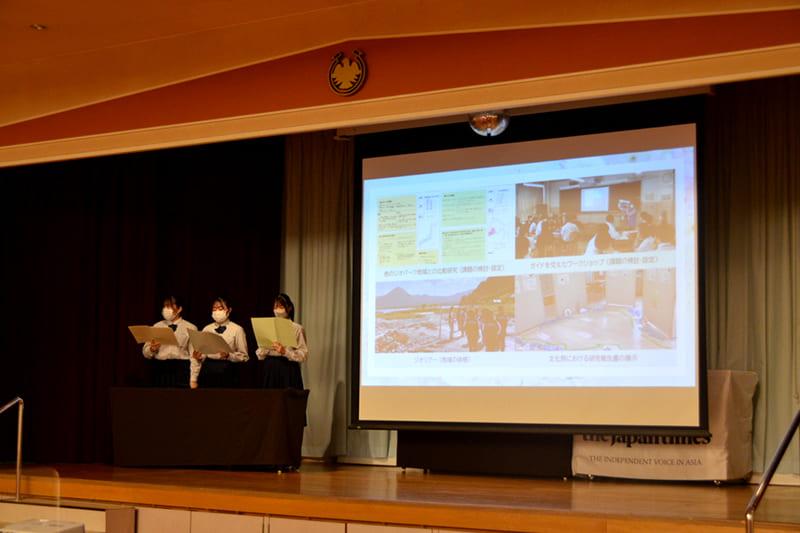
‘Cowboy’ fishermen promote town
Toshimi Sato | Fisherman and president of Kaikyo Rodeo Ohata
Toshimi Sato, a fisherman and the president of Kaikyo Rodeo Ohata, a local group aimed at promoting the area and its fish established in 2018, made a presentation about the group’s activities. Kaikyo means “strait” and the town of Ohata is in the northern part of Mutsu, overlooking the Tsugaru Strait. The fishermen who belong to the group liken themselves to cowboys, comparing the fish that live in the rough seas of the strait to aggressive cattle.
The group consists not only of fishermen but also various stakeholders, including the local government, fishing cooperative, tourism organization and community development group, plus a temple and a shrine. They organize fishing tours and competitions for people to get hands-on experience, conduct events such as a fish market to promote their fish, and sell goods such as T-shirts with colorful designs of a fisherman riding a “bucking bronco” salmon to raise funds.
“Forests and a river comprise the center of the town, which is the source of nutritious water that produces quality fish, which is why we also participate in forest preservation efforts,” Sato said. Last year torrential rains devastated the region, including the local salmon hatchery, and the group is helping with the restoration project.
“We want to continue serving fresh fish nurtured by the nutritious water from the forests while we show how Ohata’s fishermen live and work and train successors in the local fishing industry,” Sato said.
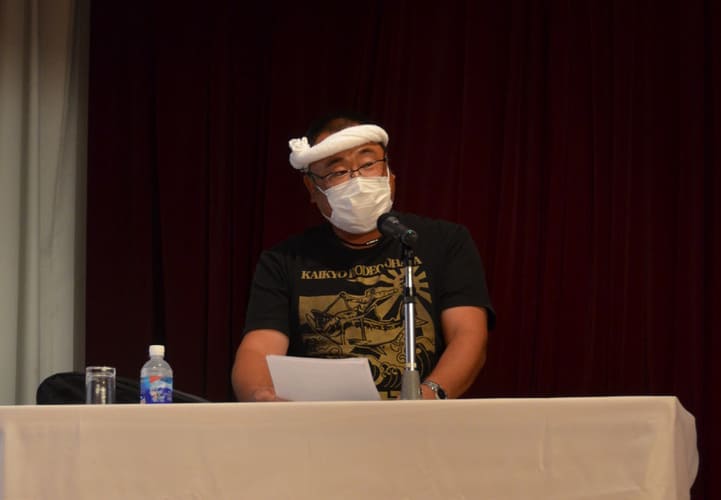
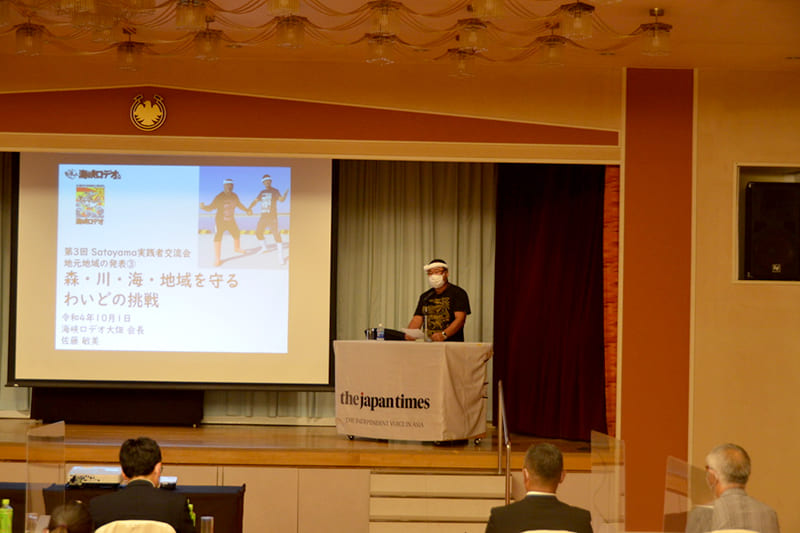
Study tour visits vineyard, temple, bar
Maiko Muraoka | Contributing writer
On the second day of the event, about 20 people participated in a study tour to visit three locations by bus with a local tour guide who knows Mutsu inside out. The first destination was the vineyards of Sun Mamoru Winery, located on the coastal hills of Mutsu Bay. The participants tried picking grapes and learned how much work is required for growing them, from selecting which vines to trim to protecting the fruit from diseases and pests. They also visited one of the factories and tried various wines, including award-winning ones.
The second destination was Osorezan Bodaiji temple, on the shore of Lake Usori. The temple is worshipped as a place where the spirits of the dead gather and is famous as a pilgrimage destination for those who have lost loved ones. The surrounding hilly area, covered with volcanic rocks and with a heavy scent of sulfur filling the air, represents hell, creating a great contrast to the white beach of the volcanic crater lake, which is considered as representing heaven.
The last destination was the Shimokita Bar in the Plaza Hotel Mutsu, just across the street from Shimokita Station. Participants enjoyed a curry meal set named The Destroyer Oyodo Curry. Mutsu is home to a Maritime Self-Defense Force base, and the bar serves curries based on recipes from MSDF vessels.
